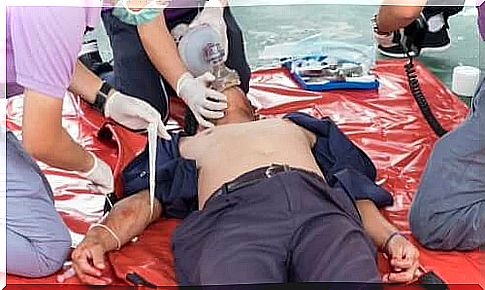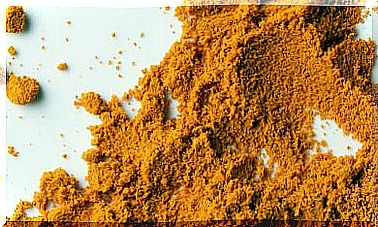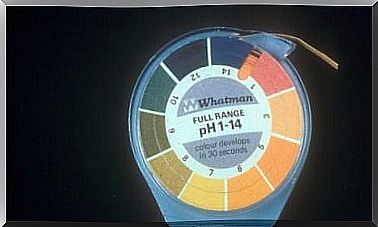Intracardiac Injection: What Is It?
Intracardiac injection is a medical technique intended for emergencies. It consists of delivering drugs directly to the heart.

The intracardiac injection is a route of drug administration, which is reserved exclusively for emergencies. An emergency is any situation that presents a significant or potential risk of death to the person.
In these cases, drugs can be administered intravascularly. Thus, the drug goes straight into the blood and works immediately.
When is the intercardiac injection used?
The most common situation in which intercardiac injection is used is in cardiac arrest. The intercardiac injection is very effective because it skips the absorption phase of the drug, so anything that is introduced directly works immediately with no time delay.
There is no variability between patients of the same age and size. In this way the correct dosage can be calculated, which must be injected quickly and accurately. This is very useful in situations where the patient is unconscious and there is little useful information to be obtained from them.
How is the injection done?
The first step in this technique is to provide a sterile needle that is at least 10 cm in length. It is important that the needle is this size, and not smaller, as it must go straight to the heart.
Next, the patient’s intercostal spaces are palpated. The intercostal space is the area between one rib and another. It is usually easy to locate, but if the patient is obese this stage becomes more complicated as it is very difficult to see clearly.
The area between the fourth and fifth ribs is the correct intercostal space. This line is followed by imaginarily connecting the area to the sternum on its left edge. This is how you can find the human heart with the greatest accuracy.
Finally, the syringe is inserted into the demarcated space and the drug is injected. In this way, the drug reaches the heart within a very short time and, in the best case scenario, enables heart activity to be restored in the event of a stop.
Intracardiac injection: which drug is used?
Undoubtedly, adrenaline is the most commonly used drug. Typically 0.1% adrenaline is used as this is the concentration that will allow you to achieve the desired activity without causing serious side effects.
It is important to remember that anything administered intracardially has its effects immediately, so a higher dose could be fatal.
Adrenaline is one of the most powerful activators of the sympathetic nervous system. The heart changes its frequency of contraction according to the regulation signals sent by this system. It can therefore be said that the change in the sympathetic nervous system also changes the electrical activity of the heart.
Several studies have shown that an intracardiac injection of adrenaline for up to 5 minutes after cardiac arrest can ensure survival, although of course it is not effective in all cases.
This is because the time factor is important in this type of emergency. The sooner the drug is given, the higher the chance of survival.
When is the right time to use intracardiac injection?
Intracardiac injection is not recommended during cardiac massage. It is preferable to perform cardiopulmonary resuscitation (cardiopulmonary massage) and injection techniques separately so that the drug can fully access the heart. In this way cardiac ischemia is reduced.
Ischemia is the process that cells suffer when they die because the blood is unable to feed them. This process is present in many heart diseases, but the most common disease is heart attack.
When a person is in cardiac arrest, the heart stops pumping blood to the rest of the body, and with it the process of ischemia begins. The intracardiac injection must then be performed to reverse the process and restore the blood supply to the heartbeat.
Finally, it should be noted that this technique can only be practiced by healthcare professionals who have experience in critical emergency situations. This article is for information only, not as a guide.









